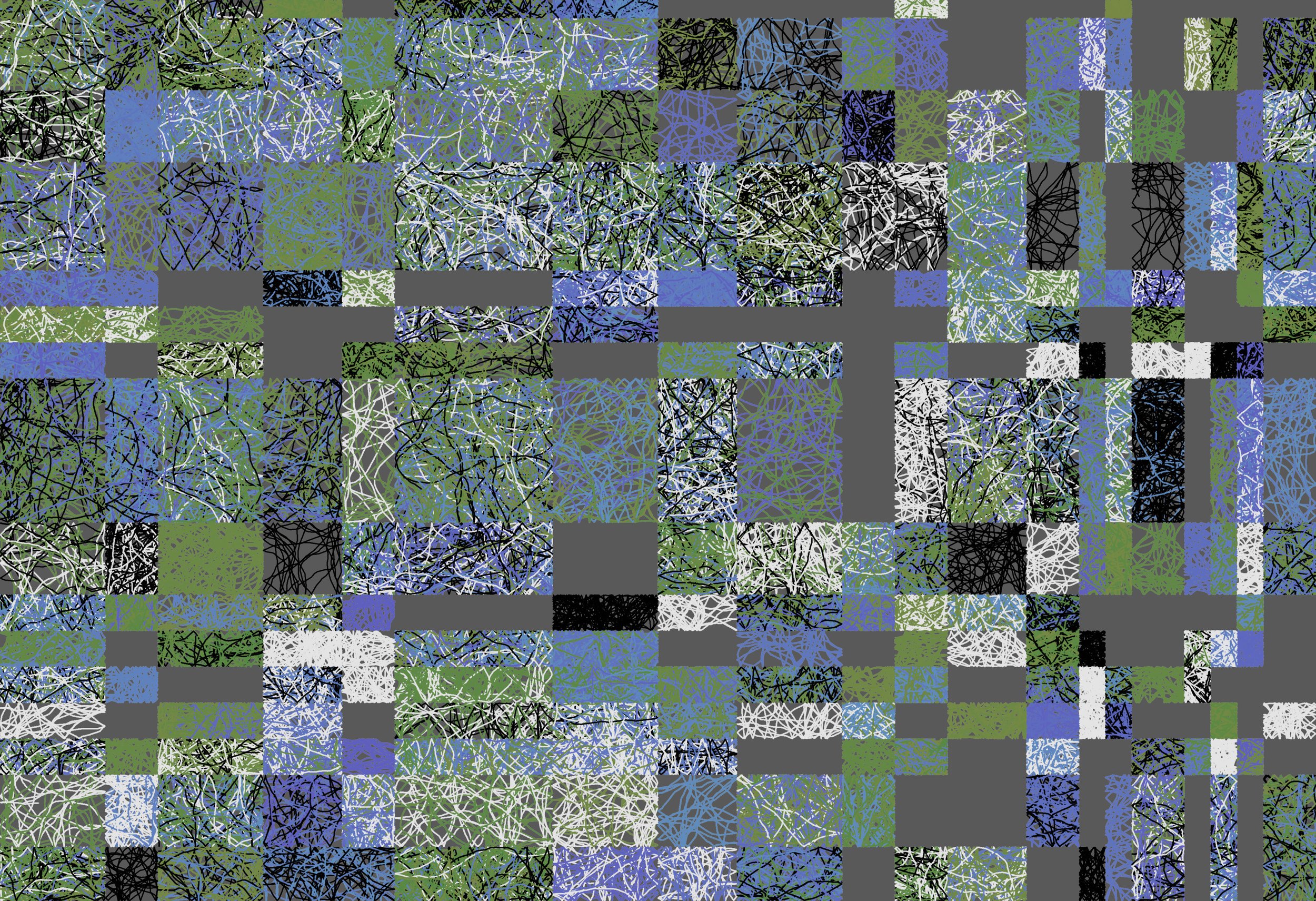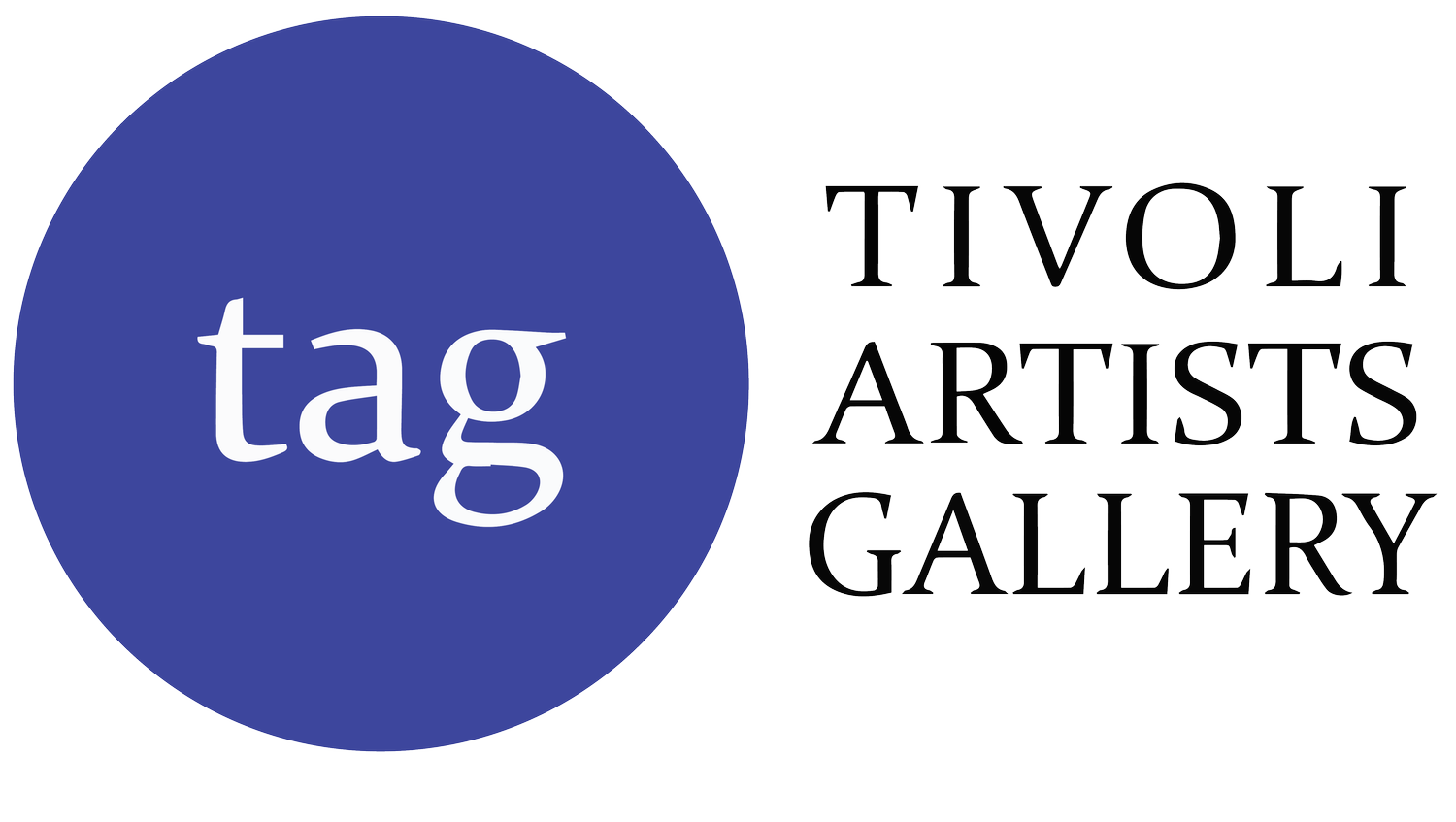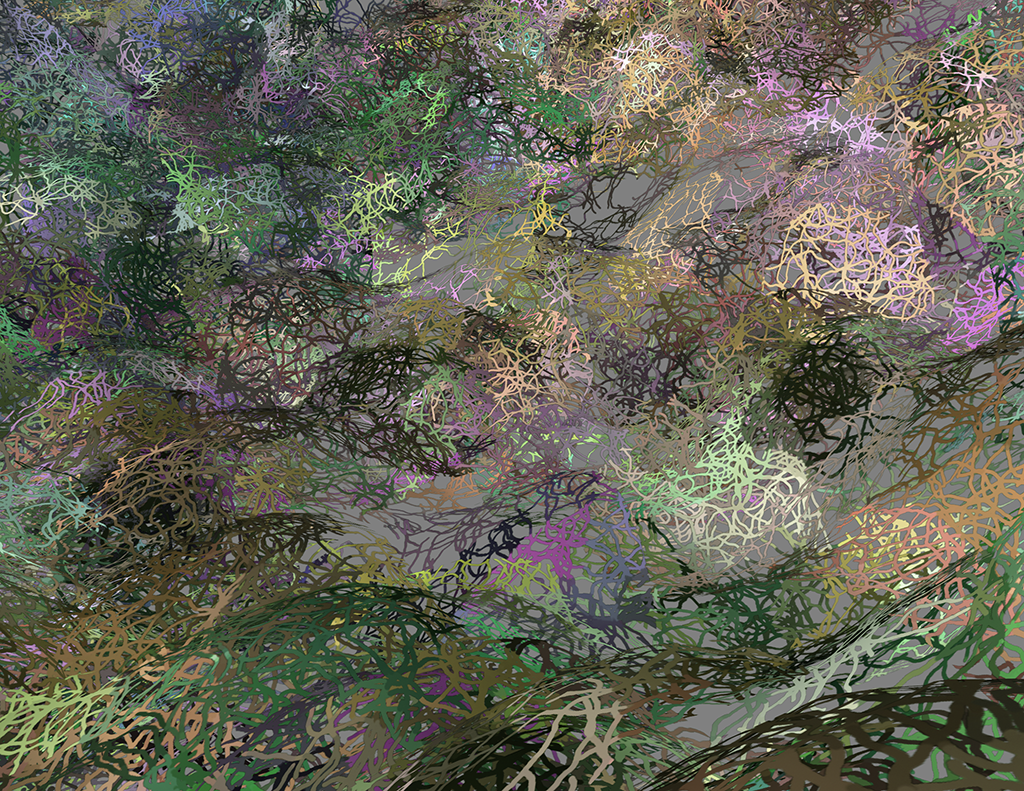
Tom Ellman
-
I never thought I’d be an artist. In college I studied math, physics and computer science. I've been teaching computer science and media studies at Vassar since 1998. For twelve years, I taught computer animation with a sculptor colleague, and learned a lot about art along the way. I started making my own animated videos and computer-generated art around 2015.
-
I call myself a “computational artist”. While not commonly used, this term is broad enough to cover the range of works that I make: computer animation; interactive digital media; and generative art.
In my animated and interactive works, I create 3D spaces in virtual reality. I paste images onto the surfaces of the virtual world and provide a means for a viewer to navigate the space to view the images. The resulting work provides an unusual context for viewing the images, while the images add ambience to the virtual space. Two of these works (Interior Fragmentation and Memory Palace) are on this web site, both as animated movies and interactive virtual worlds.
Generative art can be roughly defined as follows: The artist writes a computer program. The running program generates an image. The code usually has switches and parameters that the programmer / artist can manipulate to obtain a variety of resulting images. Thus generative art comes in families of related works. For this reason, I often arrange my generated images in groups that suggest relationships among members of a family.
I often read and think about mathematics, art and the relation between them. Math has much to offer the visual arts, both as a conceptual framework for imagining new works and as a language of shape, structure and dynamics that can play a role in art criticism. In my creative work I’ve been exploring combinations of order and disorder: systematic designs mixed with quasi-random shapes; repetitive patterns that are broken; symmetries with flaws. I see the boundary between order and disorder as a source of metaphors for aspects of human experience.
Generative art is not broadly accepted and valued in the world of visual fine-arts. Critics often say it’s overly precise, rigid, cold and devoid of human elements. I often agree. But I hope to win them over with calculated errors; precise ambiguities; and literal ironies to make generative art with a human face.
-
JPSL_137a Inkjet Print of CG Image 25" by 19"
JPSL_137b Inkjet Print of CG Image 25" by 19"
Argaloon A Inkjet Print from Computer Animation Print 22x19; Framed: 29x24
Clavikon A Inkjet Print from Computer Animation Print 22x19; Framed: 29x24
Cubic Blue Inkjet Print from Computer Generated Image Print 22x19; Framed: 29x24
Linear Brown Inkjet Print from Computer Generated Image Print 22x19; Framed: 29x24
Two-Toned Flow Inkjet Print from Computer Generated Image Print 22x19; Framed: 29x24
IgglyDupem Inkjet Print from Computer Generated Image Print 22x19; Framed: 29x24
RevocDop Inkjet Print from Computer Generated Image Print 22x19; Framed: 29x24
SlidoBadoop Inkjet Print from Computer Generated Image Print 22x19; Framed: 29x24
VikanDeep Inkjet Print from Computer Generated Image Print 22x19; Framed: 29x24
Interior Fragmentation B Inkjet Print from Computer Animation Print 19x13; Framed:24.5x19
Interior Fragmentation C Inkjet Print from Computer Animation Print 19x13; Framed:24.5x19
EmergentShade A Inkjet Print from Computer Generated Image Print 22x19; Framed: 29x24
EmergentShade B Inkjet Print from Computer Generated Image Print 22x19; Framed: 29x24
Memory Palace B Inkjet Print from Computer Animation Print 22x19; Framed: 29x24
Memory Palace C Inkjet Print from Computer Animation Print 22x19; Framed: 29x24

















